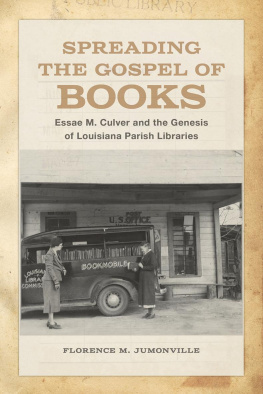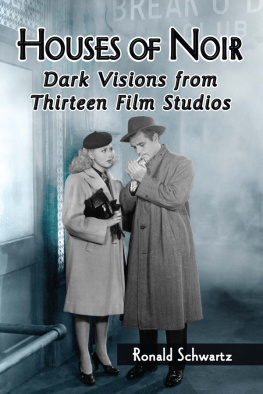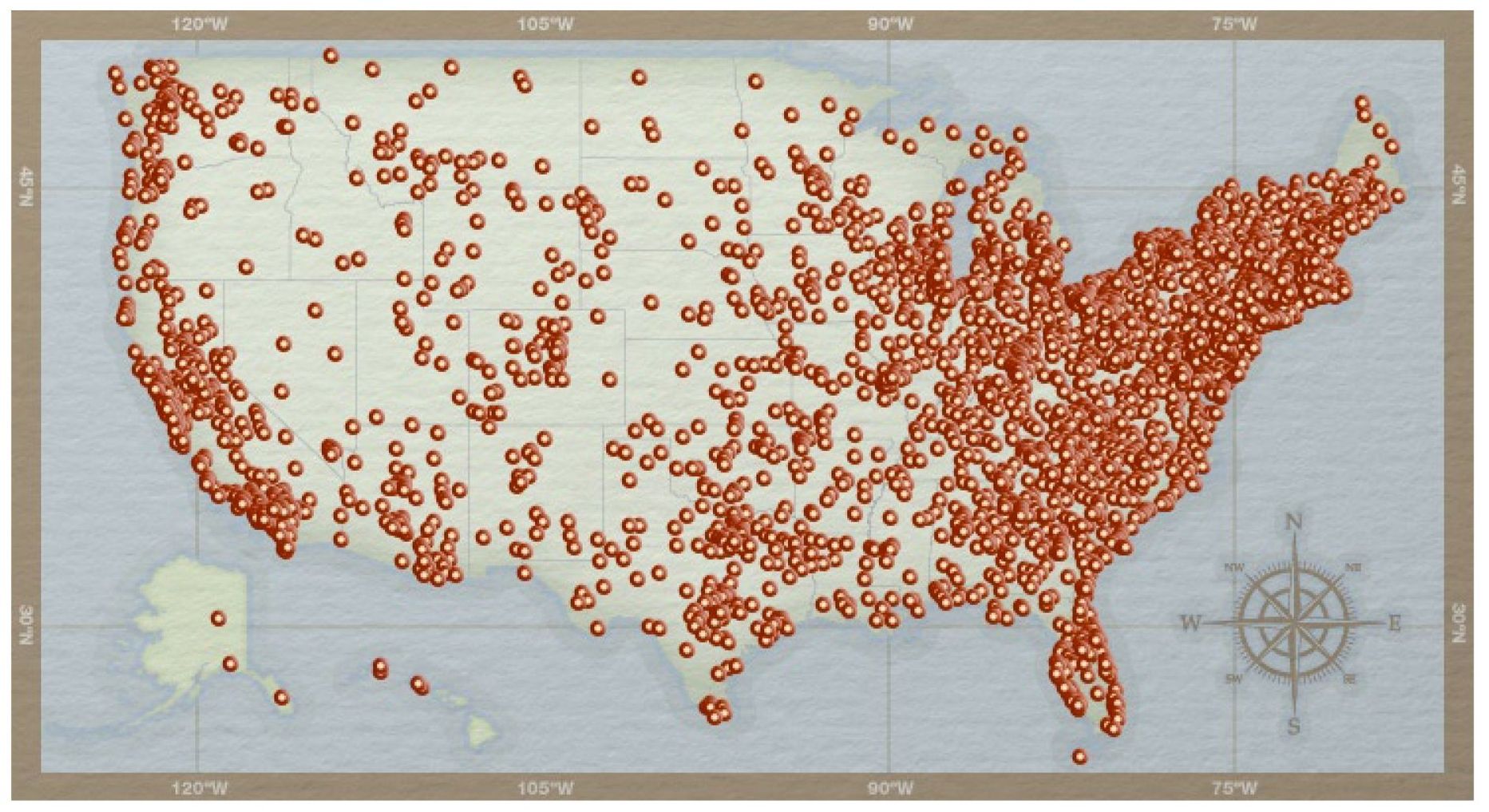One
THE DRAW TO CULVER CITY
Pioneer filmmaker Thomas H. Ince and city father Harry H. Culver are responsible for Culver City becoming The Heart of Screenland.
Ince began his life in Newport, Rhode Island, in 1882, the second of three sons born to traveling actors. His career began as a six-year-old stage actor, who eventually played on the road and on Broadway. Ince married Elinor Kershaw, and they moved to California after their first son was born. When he was out of work, Ince consented to act in movies. Movies were frowned upon by serious actors at the time, but in 1910, economics drove Ince to move in that direction. Ince eventually became known as an accomplished producer, director, screenwriter, and actor.
Thomas Ince worked for the Independent Moving Pictures Company before making movies at his Inceville studio, where he became one of the leaders in filmmaking. Ince was enticed to build a studio in fledgling Culver City along Washington Boulevard. Before his unfortunate death in 1924, Ince had left his first Culver City studio and built Thomas H. Ince Studios further east on Washington Boulevard. Built with the help of developer Harry Culver, Inces two studios today remain an important part of Culver Citys culture and economic base.
City founder Harry Culver was born in Milford, Nebraska, in 1880. The middle child of five, Harry was, from the beginning, an innovative promoter. Culver arrived in California in 1910, learned real estate from I. N. Van Nuys, and after a yearlong independent study, he announced his plans in 1913 at the California Club in Los Angeles. He proposed a city between downtown Los Angeles and Abbot Kinneys resort of Venice. The draw was the locationthe temperate climate, accessible transportation routes, and land with a rich history.
Culver dreamt of a balanced community where families could thrive and commerce dovetailed to support the residents. Harry Culver, who was already enamored by the emerging movie industry, saw Thomas Ince making one of his Westerns on Ballona Creek. During this time, Culver noticed a young actress waiting for the Red Car on Venice Boulevard. Lillian Roberts became Mrs. Harry H. Culver in 1916 and put her acting on the back burner.
THOMAS HARPER INCE, C. 1909 . Thomas Ince was born on November 6, 1882, in Newport, Rhode Island. His parents and brothers John and Ralph were all stage actors. He began acting onstage at age six and made his debut on Broadway at 15 years of age. As stage work became scarce, Ince changed to acting in films. His career broadened to encompass directing producing and screenwriting. (Courtesy Ince-Bice Collection.)
INCEVILLE, 1916. Thomas Inces first headquarters in California comprised nearly 20,000 acres. Inceville reached to the Pacific Ocean where Sunset Boulevard meets Pacific Coast Highway today. This exterior view looks southeast to Santa Monica Bay. Thomas Ince leased the services of the Miller Brothers 101 Ranch Wild West Show, whose Sioux Indian contingent and equipment became actors/stock in Inces Western films. The road in the center is todays Pacific Coast Highway.
THOMAS INCE, 1914. Inceville provided a varied landscape for filming. This shot was taken before sound was a part of moviemaking. By 1910, hard times pressed Ince to work in films. According to a letter written by Elinor Ince on June 24, 1954, to George Pratt at George Eastman House, [switching to films] was quite a thing for the prominent stage people to do at the time.
THOMAS INCE, 1915. Thomas Ince shoots a scene for Civilization at Inceville in 1915. Ince wrote, produced, directed, and edited the film himself and was also involved in other aspects of the production. Civilization was one of the first antiwar propaganda films in the United States.
BALLONA CREEK, 1924. Thomas Ince used the Los Angeles River for many of his Westerns. Legend has it that a need for a smaller waterway brought him to Ballona Creek, where Harry Culver saw Ince filming. Culver enticed Ince to relocate to his new city from Inceville. The creek remained natural until 1935, when the U.S. Army Corps of Engineers used gravel and concrete to keep it from meandering.





















